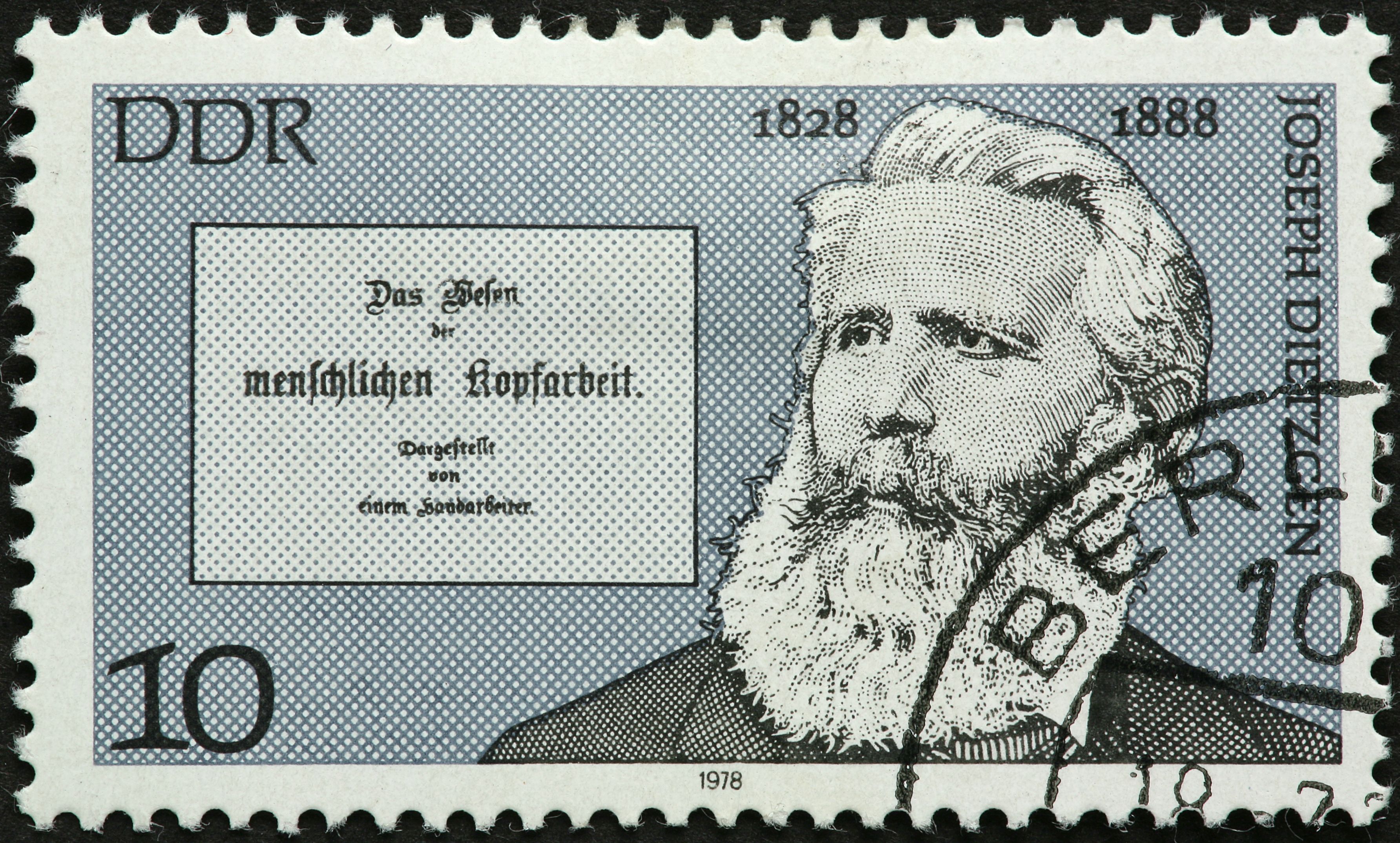Gregory Bateson's Contributions to Anthropology: Exploring New Guinea and Bali
Introduction to Gregory Bateson's Work
Gregory Bateson, an influential figure in the field of anthropology, made significant contributions through his innovative research and unique perspectives. His work in New Guinea and Bali stands out as a testament to his commitment to understanding human behavior and culture. Through his studies, Bateson paved the way for various interdisciplinary approaches that continue to influence contemporary anthropology.
Bateson's work is characterized by his holistic view of culture, which he explored through a combination of anthropology, cybernetics, and systems theory. His ability to integrate these diverse fields allowed him to develop a comprehensive understanding of the intricate relationships within societies.

Exploration in New Guinea
During the 1930s, Gregory Bateson embarked on a research expedition to New Guinea, where he studied the Iatmul people. This exploration was crucial in shaping his anthropological theories and methods. Bateson focused on understanding the dynamics of culture through the lens of communication and social interactions.
One of Bateson's key contributions from his time in New Guinea was his development of the concept of "schismogenesis," which describes how social groups can evolve through complementary or symmetrical interactions. This concept provided a framework for analyzing cultural patterns and conflicts, offering valuable insights into the social structures of the Iatmul.
Cultural Insights from Bali
After his time in New Guinea, Bateson shifted his focus to Bali, where he collaborated with his wife, Margaret Mead. Their joint research in Bali became one of the most notable ethnographic studies of that era. Bateson and Mead utilized innovative techniques, such as photography and film, to document the Balinese culture.

Their work in Bali emphasized the importance of visual anthropology by capturing everyday life and rituals through visual media. This approach not only enriched their analysis but also set a precedent for future researchers to consider multimedia as a tool for ethnographic studies.
The Impact of Bateson's Theories
Gregory Bateson's interdisciplinary approach has had a lasting impact on anthropology and beyond. His theories on communication, particularly the double-bind theory, have been influential in psychology, psychotherapy, and education. Bateson's emphasis on the interconnectedness of social systems has encouraged scholars to adopt more integrative perspectives when studying human behavior.
The legacy of Bateson's work is evident in the way contemporary anthropologists approach fieldwork. His emphasis on observing cultural patterns through a systemic lens continues to inspire new generations of researchers who seek to understand the complexities of human societies.

Conclusion: Bateson's Enduring Influence
In conclusion, Gregory Bateson's contributions to anthropology, particularly through his explorations in New Guinea and Bali, have left an indelible mark on the field. His innovative methods and interdisciplinary perspectives have broadened our understanding of culture and communication.
Bateson's work serves as a reminder of the importance of embracing diverse approaches in research to gain a deeper insight into human societies. As we continue to explore the intricate web of cultural interactions, Bateson's legacy endures as a guiding light for anthropologists worldwide.